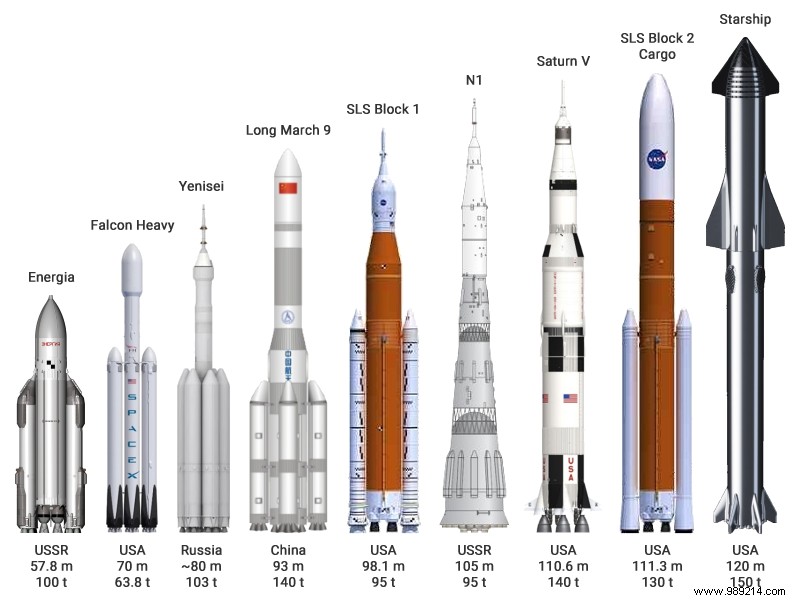China plans to use its next super-heavy launch vehicle, currently under development, to build a massive space solar power plant in geostationary orbit.
The Chinese space program has been particularly active in recent years. Three years ago, China notably distinguished itself by depositing with a rover on the far side of the Moon. A few months ago, the country also brought back to Earth the first lunar samples for forty years, before landing successfully on Mars for the first time. Without forgetting the successful sending of the first module of its new space station.
On paper, we could imagine that China is on display. In reality, all these projects were well and truly planned since 2016. But it is clear that the country seems to have "stepped on the accelerator", and is now one of the main players in the space sector during the the next few years, even if the United States is still (very) far ahead.
And it's not over. China, like NASA or SpaceX, is also planning human exploration of deep space. Witness the recent agreement with Russia providing for the construction of a manned research base on the Moon. With this in mind, the Chinese space administration is developing a super-heavy launcher:the Long March 9. This rocket should be able to lift about 130 tons of payloads into low orbit, and about fifty tons into lunar orbit.
In an excerpt from an interview with CCTV, the deputy director of the Chinese National Space Agency, Wu Yanhua, said a few months ago that the main objective of this new launcher would allow "any crewed Moon landing mission" that the country could undertake. But another huge project could also benefit from it.

According to Long Lehao, the main craftsman of China's "Long March" class rockets, this super-heavy launcher will also be used to build space solar energy facilities in geostationary orbit . the idea, concretely, will be to collect solar energy at an altitude of 35,786 kilometers and then send it to Earth via microwaves or lasers.
Still according to Long Lehao, who presented this project on June 24 in Hong Kong, this project would start with a test of small-scale electricity production in 2022. In the event If successful, a megawatt-level power generation facility could then see the light of day around 2030, before considering megawatt-level power generation by 2050 (one square kilometer in area).
This project would then require more than 100 launches and approximately 10,000 tonnes of infrastructure assembled in orbit.
The idea of an orbital solar power plant is not new. And for good reason, solar panels sent into space could produce energy continuously without worrying about weather constraints. However, economic and technical constraints have so far hindered the development of real projects.
Since then, the situation has changed. If China has not detailed how much it intends to spend on its solar station, the development of wireless transmission and the optimization of the productivity of solar panels now make it possible to really consider such an infrastructure.